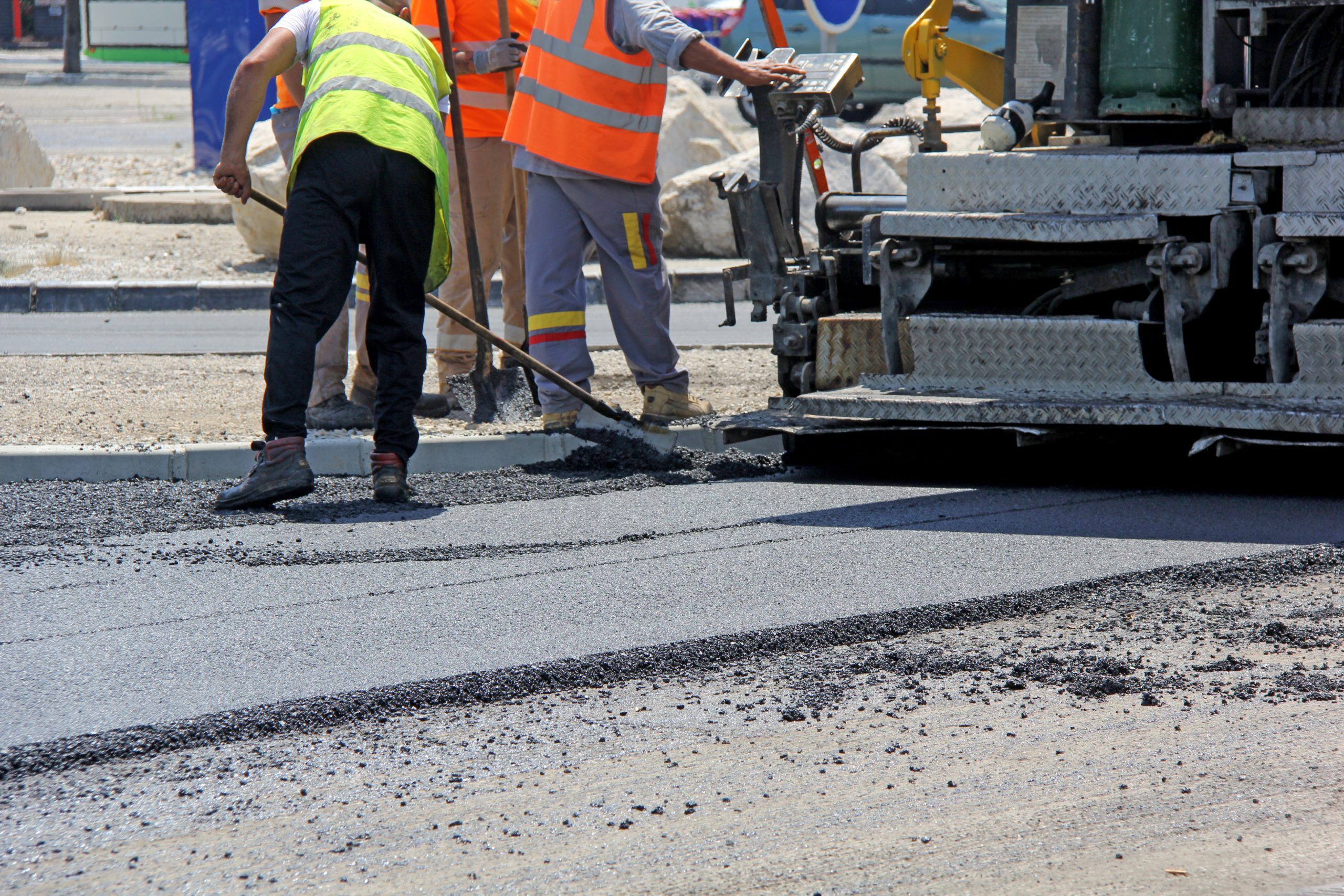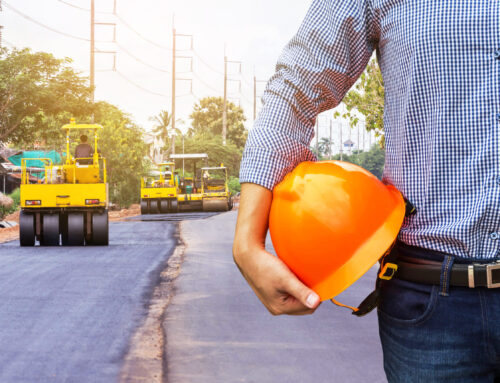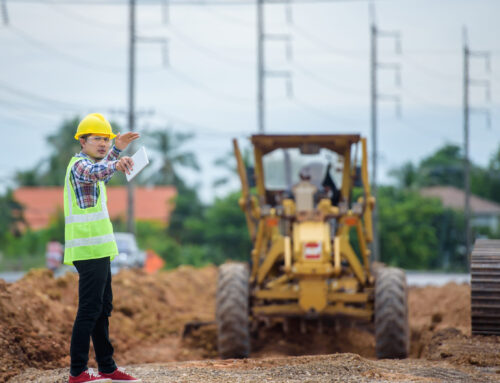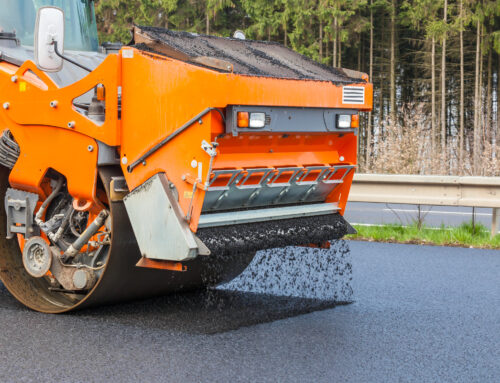Wondering how cities get built? How do roads get planned, let alone paved? Those are some big questions but wonder no longer! Er, well, about the asphalt part. How cities get built might be a bit above our paygrade. This time on the Sunrise Asphalt blog we’re going to talk about how to lay asphalt!
How to Lay Asphalt
First let’s make some ground rules or assumptions about where this job is starting. We’re going to assume that there is already existing asphalt in place that is completely beyond repair.
Alright, so if that’s the case the first thing needed to lay asphalt is to do a thorough job of demo-ing the old asphalt and removing all of the debris. At this point the surface and sub base might need some TLC. Workers then use graders to level the roads and create the right amount of slope so that water runs off as it should. Now it’s time for the sub base.
The sub base might be the most critical piece in successful asphalt surfaces. You might not realize it, since it’s not what you see when you’re hauling down the freeway, but the sub base is what sets up asphalt for success so you want to make sure it’s in tip top shape!
To do that, we need to grade the sub base, check for thickness and stability and ensure it’s all compacted exactly as needed. If the surface gives more than an inch for example it means that somewhere under that the base isn’t as sturdy as it needs to be, but this can and will be repaired now.
After the sub base has been straightened out it’s time to move on to laying the asphalt that means prepping some equipment and bringing out the asphalt paver!
How an Asphalt Paver Works
First, the asphalt material needs to be moved from a material transfer unit or dump truck into the paver’s hopper. This hopper is used to store a quantity material on the paver itself. A conveyor then moves the asphalt from the hopper to the auger. The auger is a metal shaft with grooves or blades that move the material in a controlled manner. Anyways, this auger will place a pile of asphalt in front of the screed. The screed is the part of the paver that spreads and flattens the asphalt across the road. This is also the first bit of compacting that the asphalt will have.
Keeping a regular, constant speed and supply of asphalt is necessary to ensure that the new asphalt is paved in a consistent thickness and manner.
Pavers are incredibly high-tech pieces of machinery that can use lasers to guide the screed for the right slope and make automatic adjustments to keep the asphalt coming out nice and level.
Then comes the roller.
How the Asphalt Roller Works
There are a few different types of rollers, all depending on purpose but the principals are the same so we’ll cover it simply here. There are two kinds of rollers, static or vibrating. Static uses the weight of the vehicle and the roller to flatten things out while vibrating uses mechanical means to compress it.
Sometimes roads will require a couple of different rollers to compact and flatten them out correctly, but regardless, once the roller has done it’s work the asphalt is now fully laid. All it has left to do is cure!
Ok, that may not be everything there is to know about asphalt and building cities but it is how you lay asphalt! Have any more questions about laying asphalt or would you just rather call in the professionals to make it happen? Sunrise Asphalt has been serving the Tucson area for over 40 years, so feel confident and rest assured that we know how to lay asphalt right!





